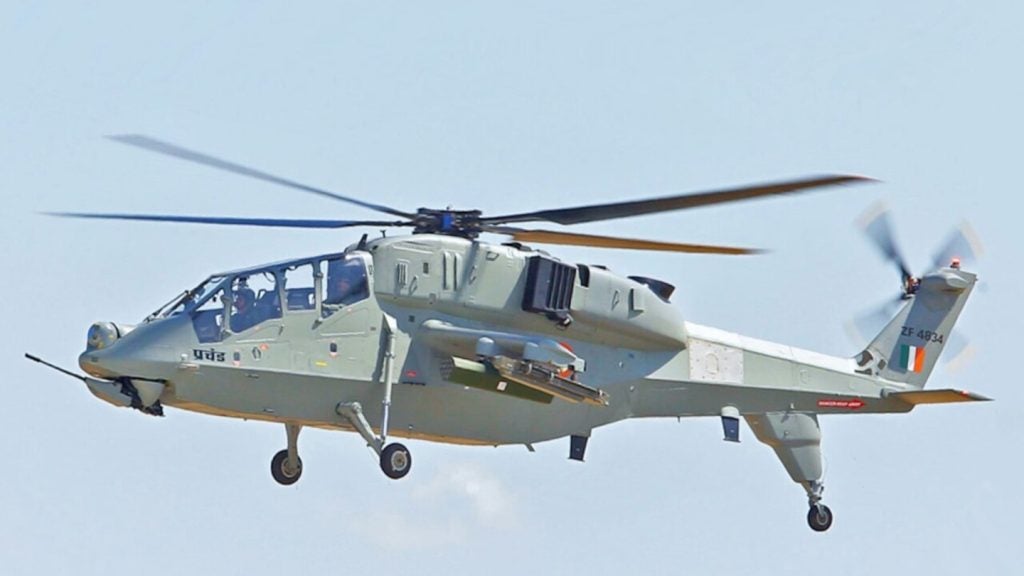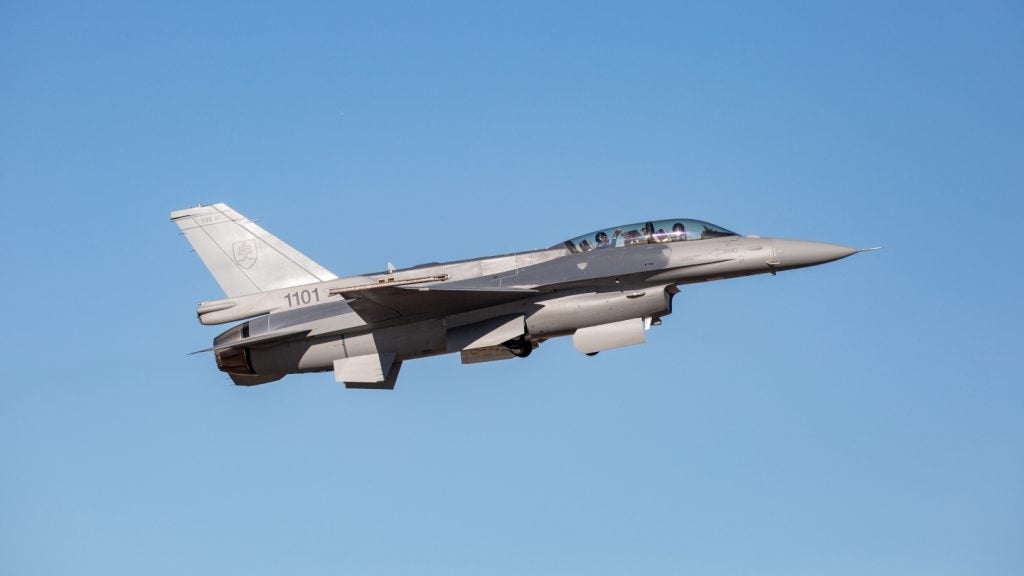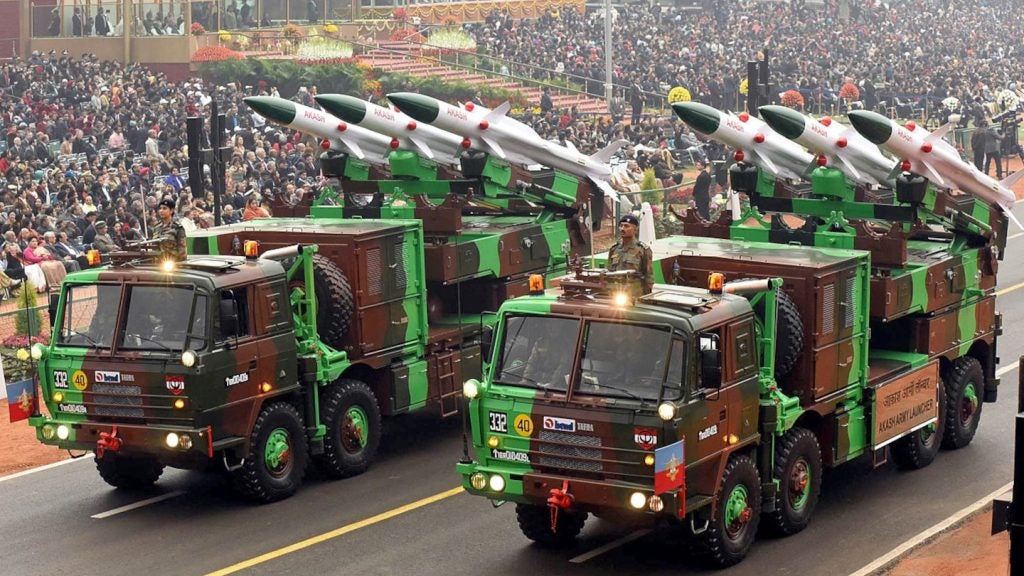Tu-214ON is a special-purpose reconnaissance aircraft developed by Kazan Aviation Production Association n.a. S.P. Gorbunov (KAPO), an affiliate of JSC Tupolev Design Bureau, for the Russian Air Force.
The aircraft is intended to carry out unarmed observation, reconnaissance, surveillance, supervisory inspection and monitoring missions as part of the Open Skies Treaty international programme, which was signed by the US and the representatives of its 23 states in March 1992.
The jet can also conduct patrol in the coastal economic zone and border areas and provide support in emergency situations.
Tu-214ON development
The first Tu-214ON jet (RA-64519) was demonstrated at the MAKS-2011 international air show in Moscow. It performed its first test flight on 1 June 2011, which was followed by a series of 24 flights by December 2011.
The Ministry of Defence of the Russian Federation conducted state tests to verify the air and ground equipment of the Tu-214ON aircraft in April 2013. The jet was delivered to the Russian Defence Ministry in August 2013.
The second airliner (RA-64525) made its first flight in December 2013 and was delivered in July 2014. Tu-214ON is set to replace the Tu-154 observation airplane and the An-30 aerial cartography aircraft.
In August 2014, Vega delivered a set of training facilities to the Russian Air Force for use in training specialists of aviation system. The training system, consisting of two digital training computer labs and procedural simulators, is used to train the operators of aircraft and surveillance equipment.
The Russian Federation completed the first stage of certification of the Tu-214ON aircraft with domestically produced digital surveillance equipment in May 2018.
The US initially refused to certify the Tu-214ON observation plane under Open Skies Treaty, however, it certified the aircraft in September 2018 following an extensive review and inspection process.
Russia sent two Tu-214ON observation aircraft to the US under the Open Skies Treaty in April 2019.
Design and features of Tu-214ON aircraft
The Tu-214ON special-purpose reconnaissance aircraft is a modified Tu-214 passenger airliner. It is equipped with monoplane wings and a reinforced retractable landing gear. The nose landing gear features two wheels and two main landing gear units having four wheels each. The jet is also fitted with an additional second door.
Five members can be accommodated on the flight deck. These are the crew commander, co-pilot, navigator, flight engineer, radio operator and translator. Each crew workstation is equipped with two monitors to display the aircraft location, information about flight conditions and the hardware image. All the five workstations are connected to a local-area network.
The aircraft is also integrated with an auxiliary 15kVA-30kVA power supply system and an aircraft oxygen system, both developed by Russian firm Aviation Equipment Holding.
The base variant of the Tu-214ON measures 46m in overall length, 13.9m in overall height, and 42m in wingspan. It has a wing area of 184.2m², empty weight of 59,000kg and maximum take-off weight of 110,750kg.
Surveillance equipment onboard the reconnaissance aircraft
The Tu-214ON reconnaissance aircraft is equipped with one A-84ON panoramic camera, one AK-111 topographic camera and two perspective AK-112 digital aerial cameras to capture high-resolution aerial photography. Cameras are provided with interchangeable lenses and different focal lengths.
The surveillance system also comprises a set of TV cameras for observation at low altitudes. An infrared line scanning device is installed to perform linear scanning of thermal imaging area in the range of 0.5-1.1 microns and 8-12 microns.
The aircraft also incorporates Ronsard sideways-looking, synthetic aperture radar for aerial observation at different altitudes under difficult weather conditions.
Ground complex The ground-based complex built by Vega collects and processes the navigation and surveillance data obtained by the aircraft, as well as tests the efficiency and performance of the sensors.
Tu-214ON engine and performance
Power for the base variant of the Tu-214ON special-purpose aircraft comes from two PS-90А turbofan engines placed under the wings in composite cowlings. Each engine develops a maximum take-off thrust of 16,140kg. The fuel tank capacity of the aircraft is 35.71t.
The aircraft has a cruise speed ranging from 810km/h to 850km/h and can reach altitudes up to 12,100m. Its range at full payload is 4,340km.
Contractors involved
JSC Radio Engineering Concern Vega, a subsidiary of United Instrument Manufacturing Corporation, was contracted for the development of airborne surveillance system, ground-based complex and other mission equipment for the aircraft.










